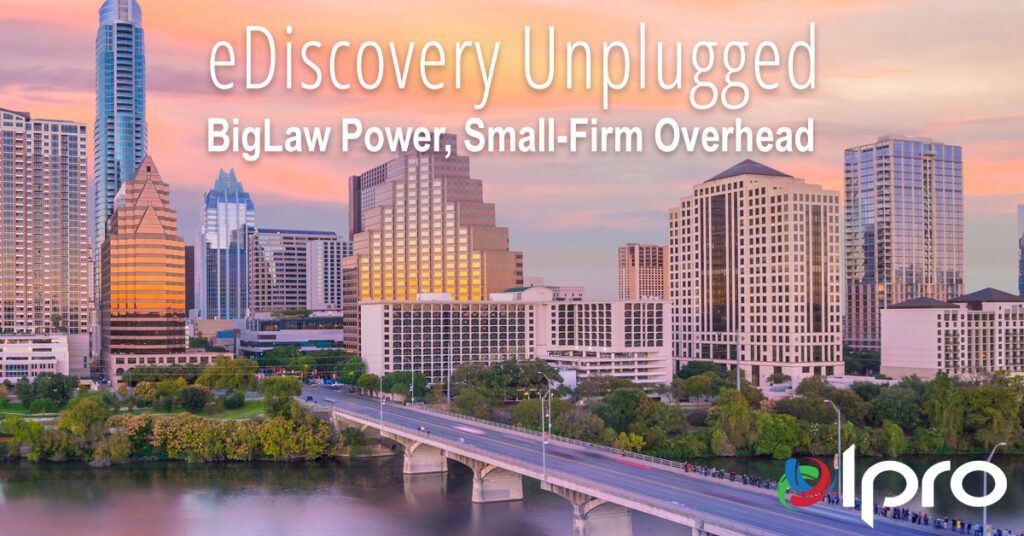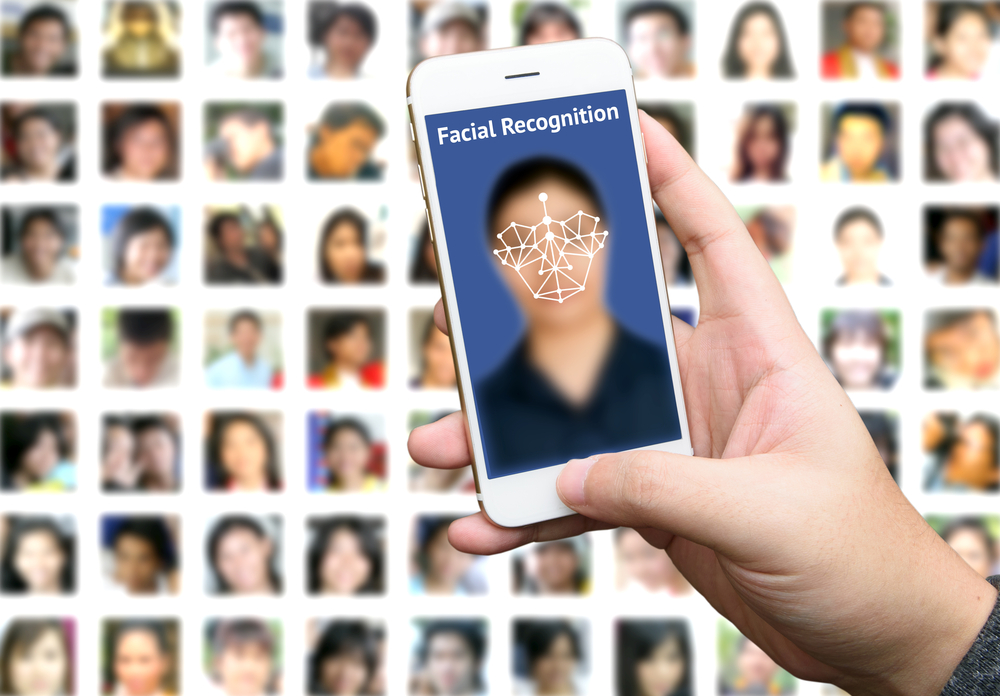In Gartner’s 2019 Market Guide for E-Discovery Solutions, they say a future trend in eDiscovery will be people moving to a Hybrid eDiscovery deployment where “organizations are looking for greater cloud flexibility where capabilities can be ‘dialed up’ and ‘dialed down’ as needed. Established processes, methods and technologies may not be enough. Indexing and classification services, for example, will work better and be less bandwidth-and resource-intensive if they are located closer to the data source.”
This really shouldn’t come as a surprise. For many years, people have touted end-to-end solutions, with the notion that an in-house legal team can handle everything that comes their way with the right software. But there are a lot of stakeholders involved in the eDiscovery process, which makes the idea of a single team doing everything extremely complex:
- Attorneys need electronic evidence to make their case
- Litigation Support, Paralegals, and Case Managers have to actually get that data and put it into a usable form so attorneys can review it
- IT has to work with all parties, collecting, managing, and hosting that data in a secure way, while the legal team does their work
In the same way, there are a lot of components to ensure eDiscovery happens.
- Software is needed to process, cull, search, review, and produce electronic information
- Services are needed to do the work of eDiscovery, either though utilizing in-house personnel or looking to outside service providers
- IT Infrastructure is needed to host the software and all of the case data in a secure and accessible way.
What is hybrid eDiscovery and how does it deal with these issues differently than the current models?
As a concept, it combines the best aspects of powerful in-house software, an outside service-provider, and a dedicated cloud environment and IT department specialized to eDiscovery, bundled into a solution with a single technology partner. Hybrid eDiscovery gives you the confidence, that no matter what type of case falls in your organization’s lap, you have the flexibility, scalability, and support to handle it, either in-house or utilizing your technology partner’s services.
Software:
Obviously, it’s a non-starter if you don’t have access a robust eDiscovery tool that can process any type of data, while utilizing the latest innovations in ECA, Advanced Analytics, and AI in order to speed up the review process and accurately produce ESI. Some software claims to be “easier to use” than others. But what really matters is if the software can handle the needs of high-volume complex eDiscovery. A drag and drop, single-click process doesn’t mean anything if you’re constantly having to send work out to someone else when things get heavy. It also gets costly. Add that with the ability to flexibly deploy software in whatever way works best for you – on prem or in the cloud for enterprise level clients, or a modern desktop deployment for smaller law firms and government agencies – and you have the foundation for a Hybrid eDiscovery solution.
Services:
Having a technology partner to help out when you need it allows your organization to surge or dial back resources depending on workload and data needs. And unlike an outside service provider, a Hybrid eDiscovery technology partner is the creator and owner, as well as the user of the technology, so they can adapt quickly to better support your organization. From helping with case and user creation, strategy, processing, data imports, setting up Review Passes and custom searches, exports and/or productions, they can be as hands on or hands off as you’d like. And because you’ll work with the same case managers, they’ll come to know you’re your workflow, acting more as an extension of your case team, oftentimes giving around-the-clock support in order to meet tight deadlines. Long-story-short, they are prepared to handle the technical aspects of a matter, thus allowing attorneys to focus on the practice of law.
Hybrid eDiscovery in the Cloud
A lot of people think of “The Cloud” as a singular place, but there are many types of clouds. Here are the three types of cloud hosting most used in eDiscovery.
Public Cloud (AWS, MS Azure):
- All infrastructure exists in the data centers of the provider
- Users have a private environment within larger ecosystem
- Cloud host responsible for data security, IT management & support
Sounds good right? Except these public clouds aren’t just used for eDiscovery, so case data is in the same cloud as the data of large corporations and financial enterprises (which may be high-profile targets for hacking). Public cloud providers are experts in data security & IT management, but they aren’t specialists in eDiscovery.
Private Cloud (AKA, On-Prem):
- More control over data and environment
- Dedicated private network located either on-premise or at a remote site
- “On-Prem” eDiscovery deployment often means a private cloud
Control of eDiscovery data is fully with the user, which is an added benefit from a security and control standpoint. But the burden of maintaining an in-house system is heavy: managing hardware and software upgrades, maintaining an IT team that understands the needs of the legal department, securing against hacks and data breaches, while trying to recover costs and scale in the face of ever-growing datasets.
Hybrid eDiscovery:
- The scalability of a public cloud with the data control of a private cloud
- Hosting team speaks the same language as your legal team and acts as your dedicated eDiscovery IT department
- State-of-the-art data center, with limited employee access to sensitive data & a lower profile for targeted hacks
- Hosting fees are a fraction of those on public clouds. And because you’re changed flat rates for data processed and hosted only, cost is not only reasonable but predictable
- Regardless of the software deployment you’re using (desktop, on-prem, or cloud hosted), you can scale up using your Hybrid eDiscovery partner’s cloud at any time
Conclusion
As Gartner stated, Hybrid eDiscovery is something that will continue to trend in legaltech. Software alone isn’t enough. Data continues to grow in size and complexity, and the need for that data in investigations and litigation is now a daily occurrence. For an agile response, innovative approaches to eDiscovery are necessary, and rather than trying to go it alone, forward-thinking legal teams will look toward a hybrid approach.
Find out more about Hybrid eDiscovery with Ipro
Written by Jim Gill
Content Manager, Ipro











